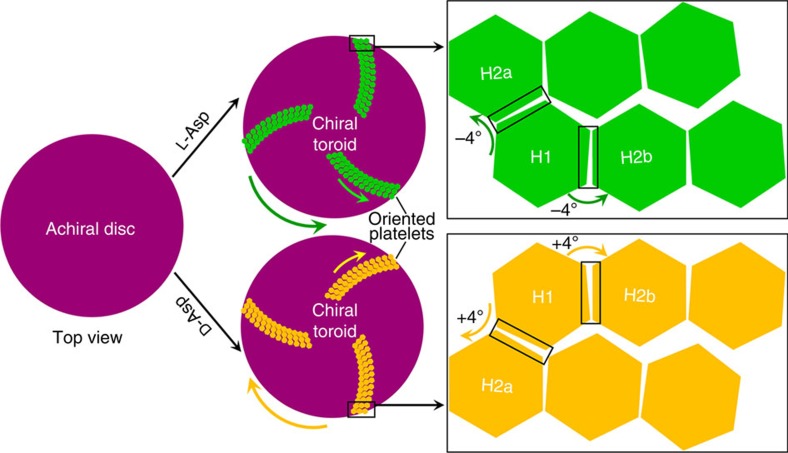Figure 10. Tilting mechanism leading to the formation of chiral vaterite toroids.
Schematic summary of the formation of hierarchically organized, chiral toroids based on an approximately −4° or+4° tilting of hexagonal subunits (H1, H2a and H2b) caused by the adsorption of L- or D-enantiomer, respectively, of chiral amino acid whose amplification/replication with further growth forms thin, flat, curved-edge platelets that collectively form a chiral toroid. Note that platelets formed directly on the substrate disc are tilted rather than being parallel to the disc, by a small tilting angle of about 6° between the first-layer platelets and the substrate disc, and then between subsequent adjacent platelet layers (see also Supplementary Movie 2).

